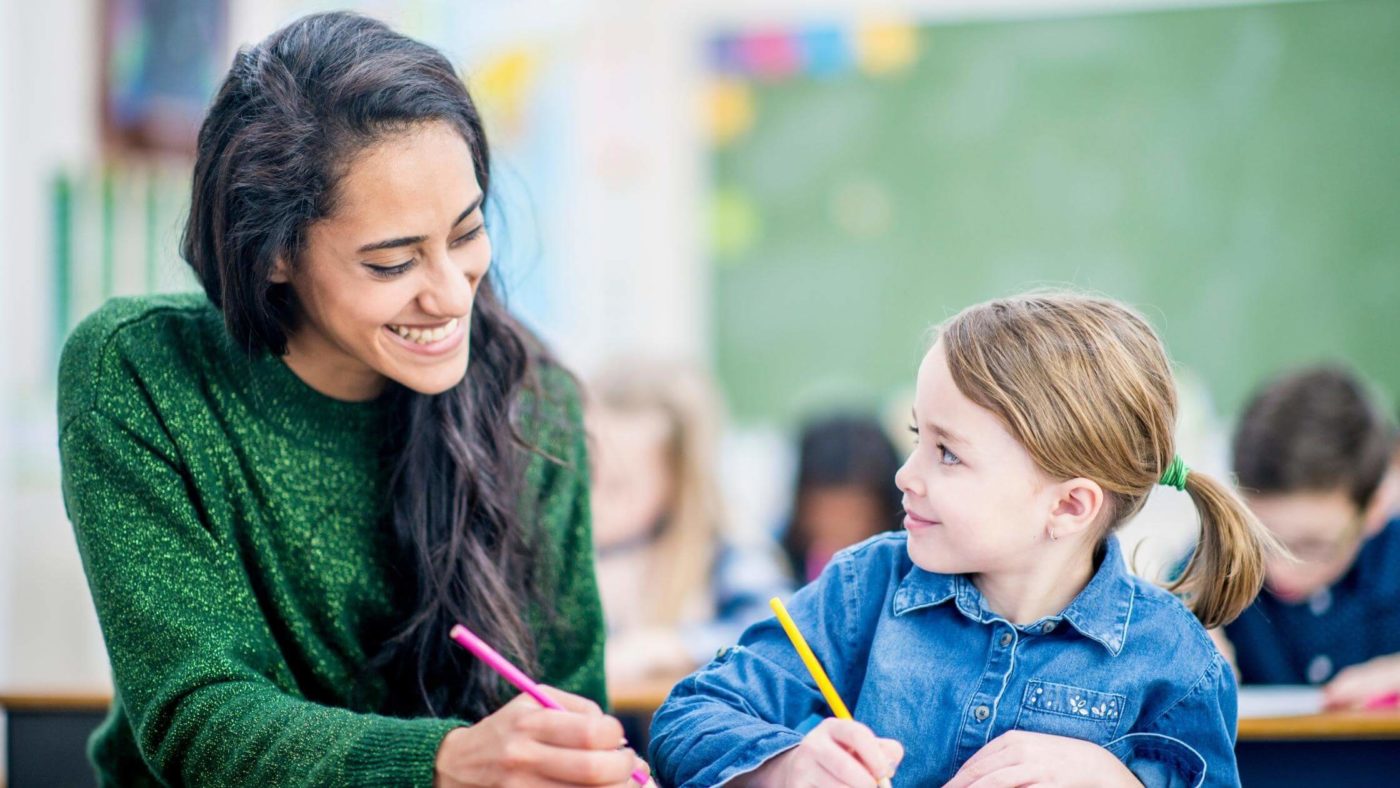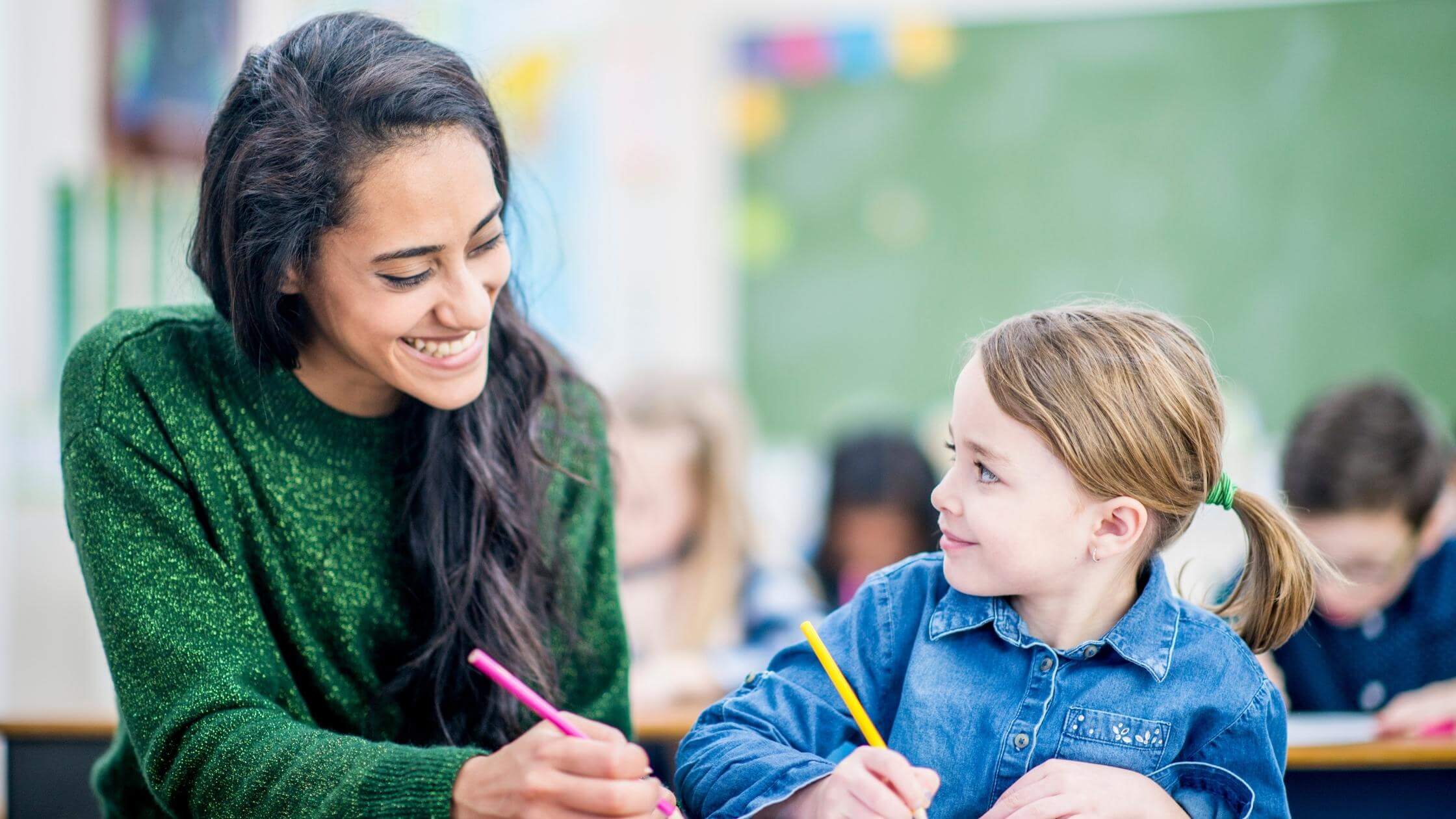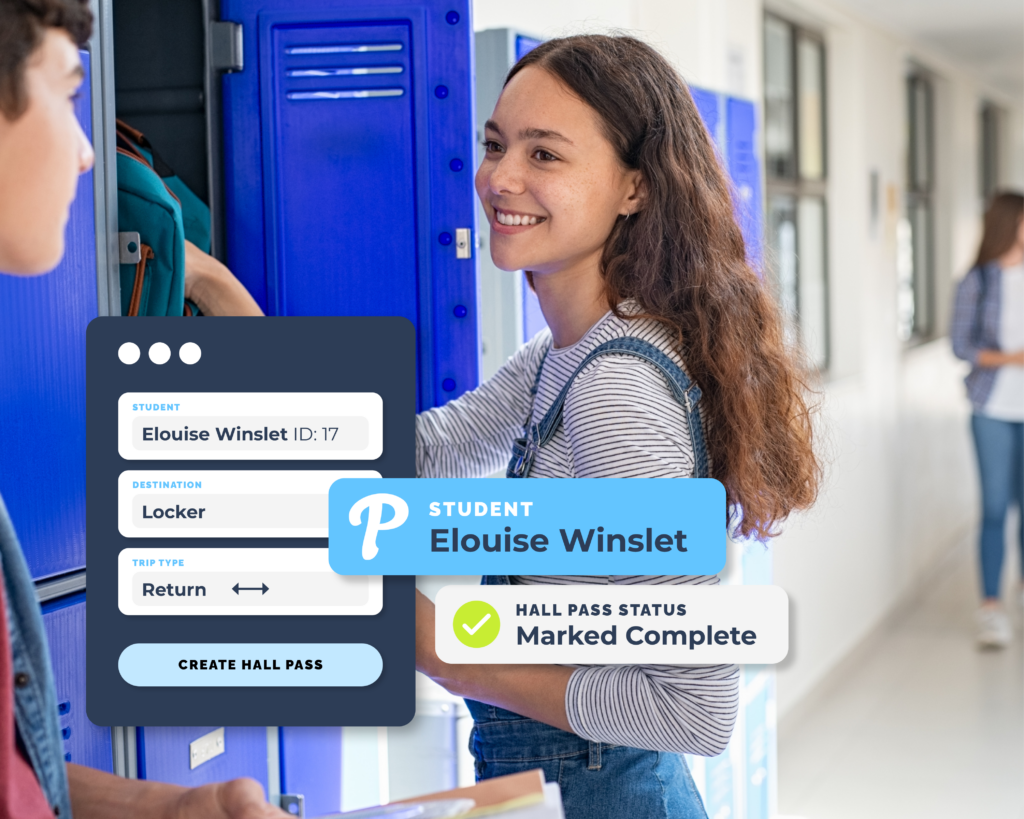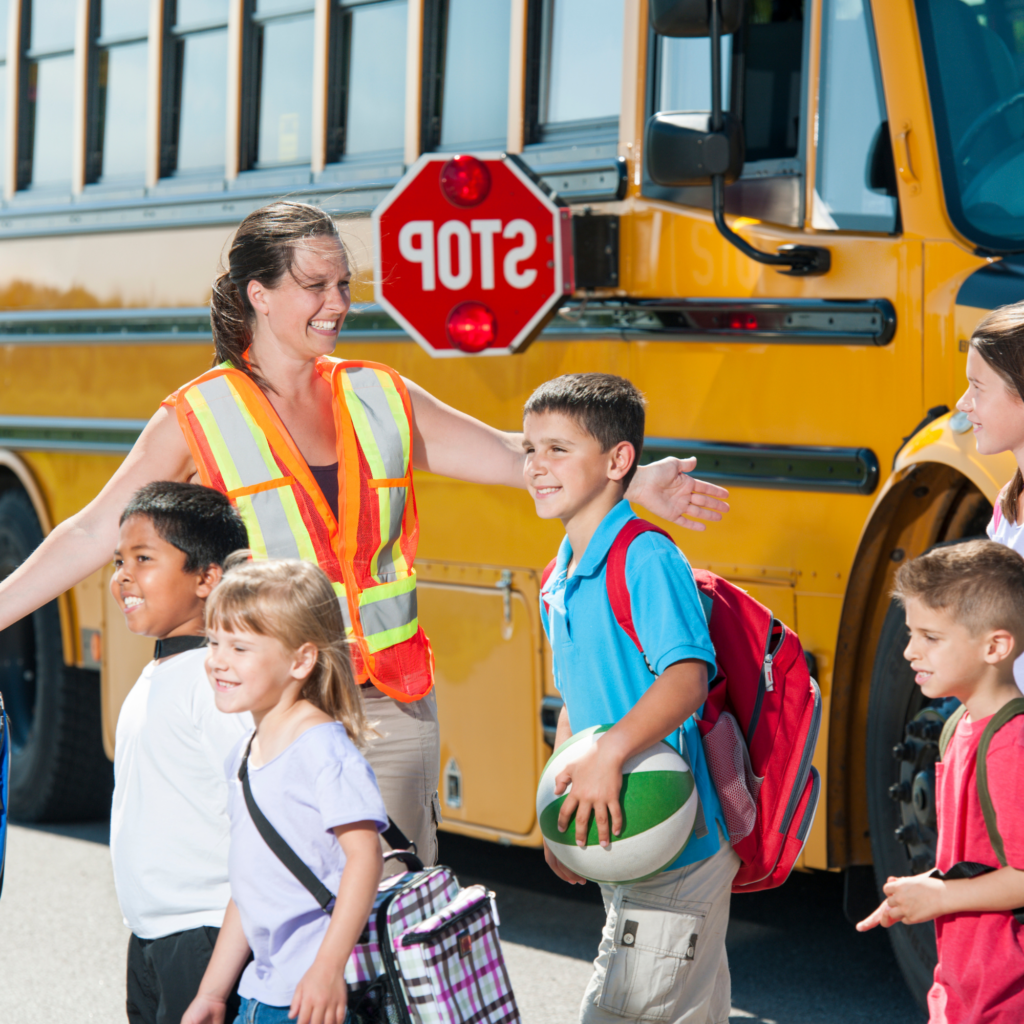The past couple of years have been challenging for everyone, but especially teachers. So it’s not surprising that a recent study found that 52% of K-12 teachers reported feeling burnt out. With so much happening and extra burdens on our time, it is more important than ever to focus on ways to make time for self-care.
In this article we will talk about the symptoms of teacher burnout, how it affects both the teacher and students, and ideas for avoiding (or recovering from) teacher burnout.
Symptoms of teacher burnout
Especially in a new year, we want to be available for our students and their families. But, if we do not set boundaries and are seemingly available 24 hours a day every day of the week, it will lead to teacher burnout.
The challenges and trying to do all the things can quickly lead to exhaustion, frustration and potentially, burnout for educators.

Signs that you might be suffering from or on the brink of teacher burnout are:
Dreading going to work, like Sunday Scaries to the extreme, is likely an obvious sign you are burnt out. There are other less obvious signs you are well on your way there, however.
These signs look different for each person, but common signs of teacher burnout include:
- Exhaustion
- Frustration
- Withdrawal
- Anxiety
- Anger
- Agitation
- Trouble sleeping
- Feeling loss of purpose or passion
How does teacher burnout affect students and others around us?
Impact to personal lives
As educators, we have a great deal of responsibility when it comes to focusing on student wellness and also for checking in on our colleagues. The experiences we go through each day can weigh heavily on us emotionally, mentally and physically, which can lead to burnout.
More than just impacting our professional lives, burnout will negatively impact our personal lives, as well. These impacts could be poor physical health, declining mental health, strained relationships, isolation, lack of overall happiness, and more.
Therefore, we need to have the right strategies in place to deal with the impact of these daily challenges and also model these coping strategies for our students.

Impact to students
As teachers, we spend almost 200 days a year with our students each school year. All this time with them makes a large impact on their learned behaviors from the actions they see from us.
Demonstrating how to successfully manage our time, create boundaries, and maintain good mental and physical health are equally as important to teach our students as the other subjects we specialize in. These skills are critical learnings students will take with them into adulthood.
Teacher burnout prevention
We know the importance of self-care and wellness and so we have to find something that works for us and also enables us to provide our best selves for our families, friends, colleagues and students.
When faced with challenges, uncertainties, or too many things on our plate, it can be difficult to take the break we need and focus on our wellbeing. But, if we don’t start with ourselves, we will not be well-prepared to provide the support that our students need. To prepare, it is important that we start with SEL.
SEL is essential
When facing challenges, managing emotions and being comfortable asking for help when we need it are essential skills for everyone. Both in our professional and personal lives, our wellbeing can have an impact on everyone that we interact with.
When we start with our own mental health and wellness, then we can bring our best selves to everyone that we are connecting with. What better time than the start of a new school year!
As we are just beginning the new school year, we should be intentional about finding ways to focus on our wellbeing and also involve our students in meaningful learning opportunities to really understand what they are experiencing. We can focus on SEL together.
How can we check in on one another as we enter a new school year, which brings a lot of demands on teachers, students and families?

Each school has new initiatives, procedures, school events, and many wonderful experiences, but they can also be overwhelming and taxing on us physically, mentally and emotionally.
Ideas for how teachers can avoid burnout
As we start a new school year and face new challenges, deal with changing schedules and demands on our time, we need to have a plan in place that works for us.
Creating a new daily routine or even using an app that will help us to take a break, to engage in mindfulness practices, or to focus on our own social emotional learning and our health and wellness is so important.
Mindfulness apps There are several different apps that can be used to help with mindfulness and setting aside time each day to take a break and reflect. Calm App includes breathing exercises and has categories for music, sleep, and body to find meditations and relaxing exercises. JabuMind has a 10-week wellness series for educators that features iRest tools. There are meditations for starting your day, break time, releasing your day, bedtime and the weekend.

Exercise. Be active. It is so important to break away from screen time and work and be active. My advice is to pick two points in your day where you will hold yourself accountable for something. Maybe it is going for an early morning or late evening walk. Maybe it is taking a walk around the school building to connect with students and colleagues. Either way, it is great to get up and moving.
Reading. A good friend of mine often talks about the books that she is reading and how she chooses books which are not focused on education or anything related to work. One idea is also to decide to listen to a book instead while taking a walk and doubling up on your self-care.
Set boundaries. It is important to set some boundaries and even goals for ourselves. If we keep ourselves connected a lot, perhaps it means leaving our devices in another room for a period of time. Another idea is to not respond to emails after a certain point in the day, or reserve a specific day each week that is time for our family, friends and focusing on ourselves.
Be okay with saying no. Sometimes it can feel easier to say yes to an extra responsibility, project or even a small task. It can be uncomfortable to say no, but we have to balance our days and sometimes we need to limit ourselves to avoid burnout.
Leverage tech to save time. Take a look at your daily tasks and see if there’s something that consistently takes up your time – like school dismissal. Then research and ask colleagues any technology they leverage to streamline those tasks.
Taking care of ourselves is important so that we can best care for others. We can also share these ideas with our students depending on their age and model the practice of taking breaks or making time for meditation or mindfulness.
Looking for ways to save daily time at dismissal while making school safer? Check out how Pikmykid helps teachers save time, frustration and stress.



